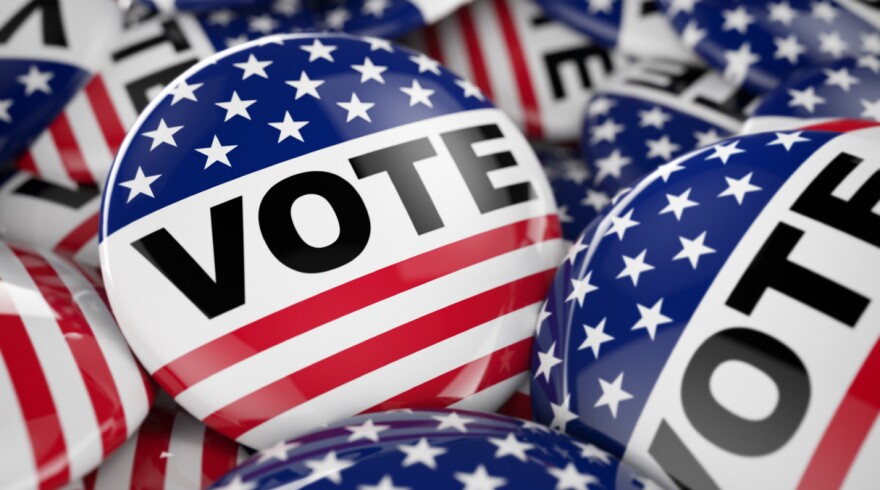Political endorsements have been around as long as campaigns have. But are they effective? That depends on a number of factors, according to Carol Fowler of Columbia, a member of the Democratic National Committee and a former chair of the South Carolina Democratic Party. One factor, she says, is how many endorsements a candidate has: "If you have a long list of endorsers, I might believe that you were winning the race, and I should be for you. And if you don't have anybody vouching for you, I might think you're not doing too well."
Another factor is how many votes can come along with an endorsement. Many endorsers have a following, "a little political organization of their own," says Fowler. "If they're a mayor or a city council member or a pastor of a big church, they've got an organization. And if they do something to convert the members of that organization to the candidate," that's very valuable.
In addition to number of endorsements and the members of an organization, another element of the formula is the credibility of the endorser, says Fowler's husband, Don, also a Democratic National Committee member and a former South Carolina Democratic Party chairman. "Sometimes endorsements mean nothing. Other times they are very important. If you're a Republican running for the U.S. Senate in Ohio this year, you would kill to get Donald Trump's endorsement. Back when I was more involved at that level, people would do almost anything to get Bill Clinton's endorsement."
According to the Fowlers, endorsements usually do little to change the opinions of those whose minds are already made up, but they can influence people who remain undecided. That opinion is shared by University of South Carolina political scientist Dr. Robert Oldendick, who believes that are not as useful as they once were because "people have so many different sources of information" that they did not have in the past. "All the different cable news channels, social media, Facebook, Instagram, Twitter. It's so diffuse that you're just not reaching enough people that it's gonna have enough of an impact. And then, there are many more other organizations endorsing, so any individual endorsement has less of an impact."
Oldendick believes the 1950s and 1960s were the peak of influence for political endorsements, especially from the media, because "we still had just the three major broadcast networks. We still had the major newspapers in this country (that) had a great deal of influence in those times." The fewer pieces of the reader/viewer pie there were, the more readers and viewers were reached by each piece.
In rare instances, a party's endorsement can mean more than that of a media outlet or group leader, said Don Fowler. "Cook County, Illinois is the best example I can think of. If you get not an individual's endorsement but the party's endorsement in Cook County, that is decisive in most cases."
Carol Fowler said some interest groups in South Carolina have similar influence, such as the Sierra Club or the Conservation Voters.
Oldendick and the Fowlers agreed that endorsements should be only one element in voters' consideration when deciding for whom to vote. They said that voters should get feedback from people whose opinions they respect, and study the issues and the candidates in order to make the most informed decisions.


